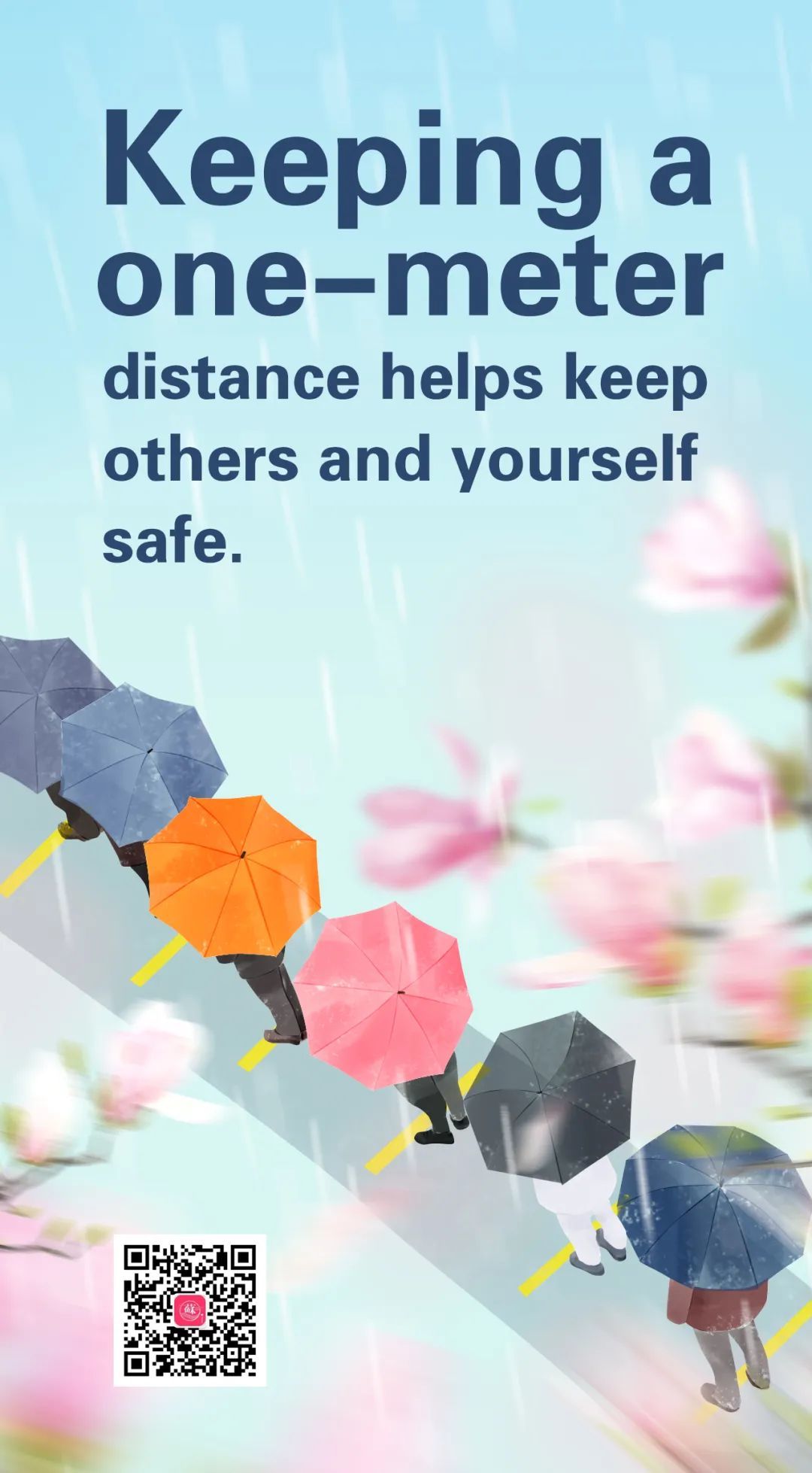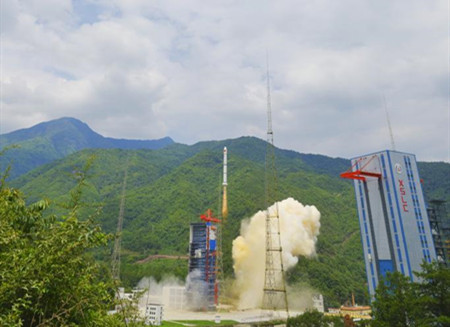It is recommended to keep a distance of one meter away from others to help limit the spread of COVID-19. So, why is one-meter social distancing necessary?

The science behind social distancing
The coronavirus can spread through small liquid droplets, and when people talk, cough and sneeze, the droplets that contain the virus will spray out. Research shows droplets expelled from our mouth and nose normally travel no more than one meter before settling, which means it is quite possible to breathe in the droplets if we fail to keep a distance of at least one meter from other people.
Therefore, social distancing of at least one meter is recommended in public venues, and it would be unwise to enter crowded places with poor ventilation.
Where to keep one-meter distance
Commercial venues: Markets, supermarkets, restaurants, wet markets, etc.; when shopping, checking out, etc.
Public venues: Banks, hospitals, etc.; when taking nucleic acid testing, waiting to see the doctor, lining up to receive vaccines, etc.
Transport hubs: Rail transit stations, bus stops, airports, train stations, docks, etc.; when lining up, waiting for the bus or train, etc.
Workplace: A one-meter distance between seats; when queuing up for dining in the canteen; avoid crowing or chatting when eating.






